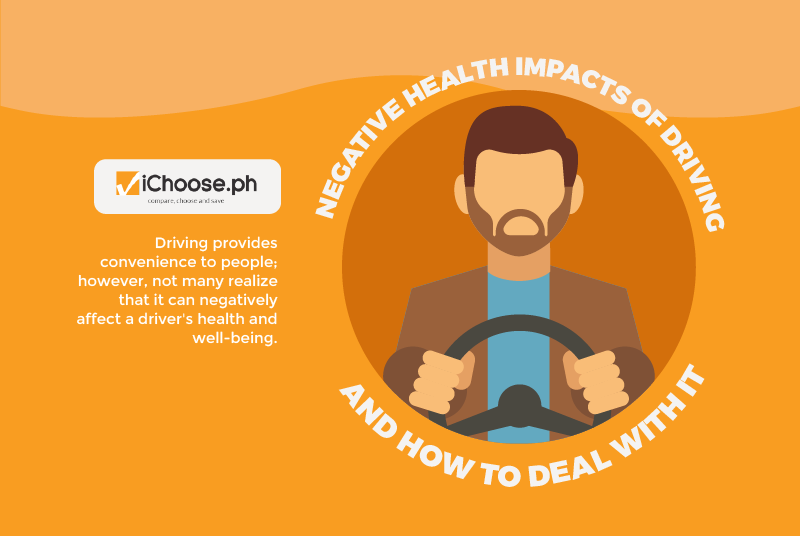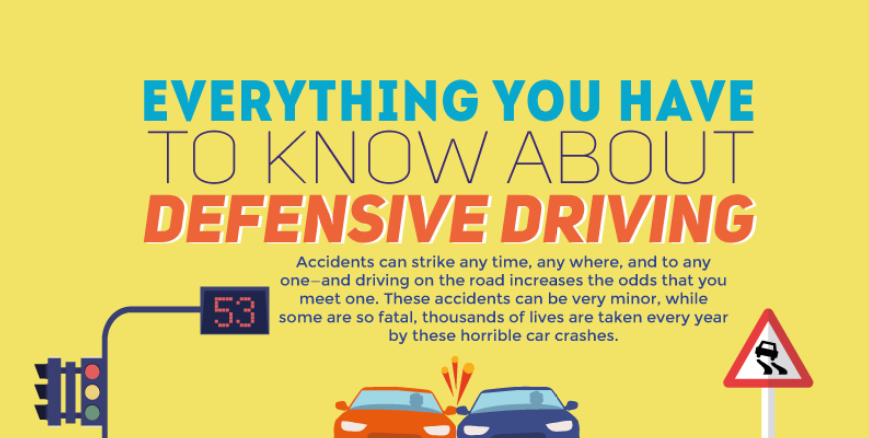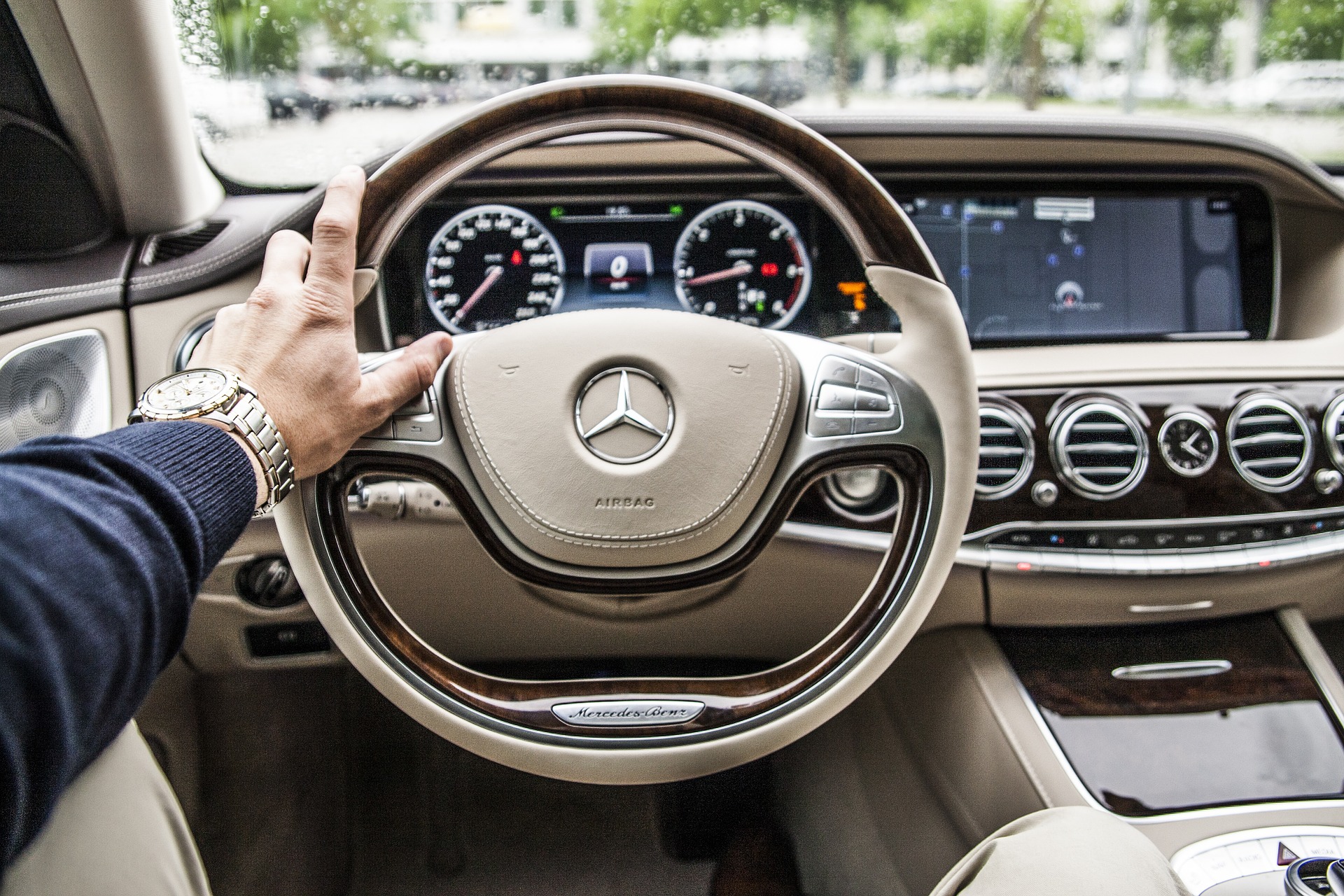Driving Tips for your Road Trips this Summer
Owning a car and driving it is much more than just putting the key in the ignition, starting it, flooring the pedal, and getting to your destination. It’s just as important, if not more, to practice road safety when you’re out and about with your vehicle in order to avoid unfortunate circumstances such as accidents.
There is always a risk of being involved in an accident while driving. This risk increases as you spend more time on the road. As of May 2017, the World Health Organization reported that about 1.25 million people die each year as a result of road traffic crashes. Having road trips during the summer break is also one of the high times for reported road accidents because of various reasons: human error tops.
These statistics, however, can be lowered if we all practice road safety to make sure that we, and our fellow drivers, are safe on the road.
Here are our top tips on what to remember when you’re on the road and how to keep safe:
Follow traffic signs
Being able to recognize traffic signs is important for you to follow them. Traffic signs serve as warnings and regulations for drivers and pedestrians alike on what they should look out for on the road, such as speed limits, hazards, or rules.
Following traffic signs prevents accidents that would’ve been easily avoidable with preemptive notices. For example, a traffic sign indicating a crossroad alerts drivers to look out for cars that may cross their way unexpectedly, thus avoiding a possible car collision.
Always put on your seatbelt.
Seatbelts have been proven time and time again to be a force to be reckoned with when it comes to car crashes. They’ve been known to protect passengers and drivers from smashing into the windshield or catapulting from the vehicle during a powerful collision or at least preventing the body from being jarred during a sudden stop.
Seatbelts also prevent the passengers from dangerously tumbling around if the car experiences being flipped over during a crash.
If you are driving with children in the vehicle, it’s doubly important to have them strapped safely in the car while on the road. In the case of car accidents, sudden stops, or collisions, they are more susceptible to being injured due to the sudden change in speed and momentum.
Be a responsible driver.
Don’t drink and drive. Have enough rest before driving. All these tips are known for ages, and it’s not rocket science why drivers need to know it. However, many drivers still fail to follow it, thinking that it’s not a big deal to drive when your sleepy, or it’s okay to be behind the wheels after a few drinks.
Drunk driving is punishable by law in many countries and there have been numerous notices on its dangers and how to avoid drunk driving altogether. Alcohol impairs the driver’s decision-making faculties, which makes them react slower to outside stimuli that can result in car accidents. It is also commonly known to make people drowsy, which can result in the driver falling asleep on the wheel and causing a car crash. If you are driving somewhere that will involve drinking, it’s important to set up a plan beforehand on how you’ll get home. Either has a friend who can drive for you or just take a taxi home.
Part of being a responsible driver is being cool and patient while on the road. It is very important to stay as calm as you possibly can when driving, especially when you find yourself navigating through busy and congested roads. Impatience and anger will not help you get to your destination faster; neither will it change the current road conditions. The best you can do to help the situation be more bearable is to stay calm and patient – the situation will pass eventually.
Additionally, being cool and patiently allows you to avoid any altercations with your fellow drivers. It also allows you to practice giving courtesy to other cars – all of which can avoid car accidents or the police or traffic enforcers needing to step in.
Practice defensive driving.
Driving is a two-way street—literally. While you can never control the actions of others, it would be worst to prepare for the worst and do what you can to avoid it. Be aware of what other drivers around you are doing. For example, if a car near you is slowing down and you can’t see the reason why they might be doing so to let a pedestrian cross. Do NOT attempt to overtake them.
Assume other motorists will do something unexpected or crazy, and always be prepared to avoid it. A healthy amount of caution is necessary for all drivers as it keeps their reflexes in tiptop shape and this can help avoid unnecessary accidents.
Keep a sizeable distance between you and the car in front – 2-3 seconds on a normal day and 4 seconds when the weather is bad. This gives you enough time to react if they abruptly stop without causing a collision.
Make sure your vehicle is in tiptop condition.
Unexpected problems with your car can cause headaches not only just for you, but your fellow drivers as well. You may even cause a serious traffic jam, or worse, endanger the cars around you. Before your trip, make sure you inspect the following:
- Fluids and leaks
- Tires
- Lights
- Windows and mirrors
- Gauges (batter, gas, engine temperature)
- Air conditioning, vents, and heating system
- Battery
- Windshield wipers and sprayer
Have your Car Insured.
The best preparation you can do for yourself, your family, and your car before you drive long trips this summer break is to have the peace of mind that someone will have your back in case of accidents while on the road. Getting your car insured is one of the best things and decisions you will do, and of course, the best long-term investment you will do for yourself.
More useful reads from iChoose.ph






